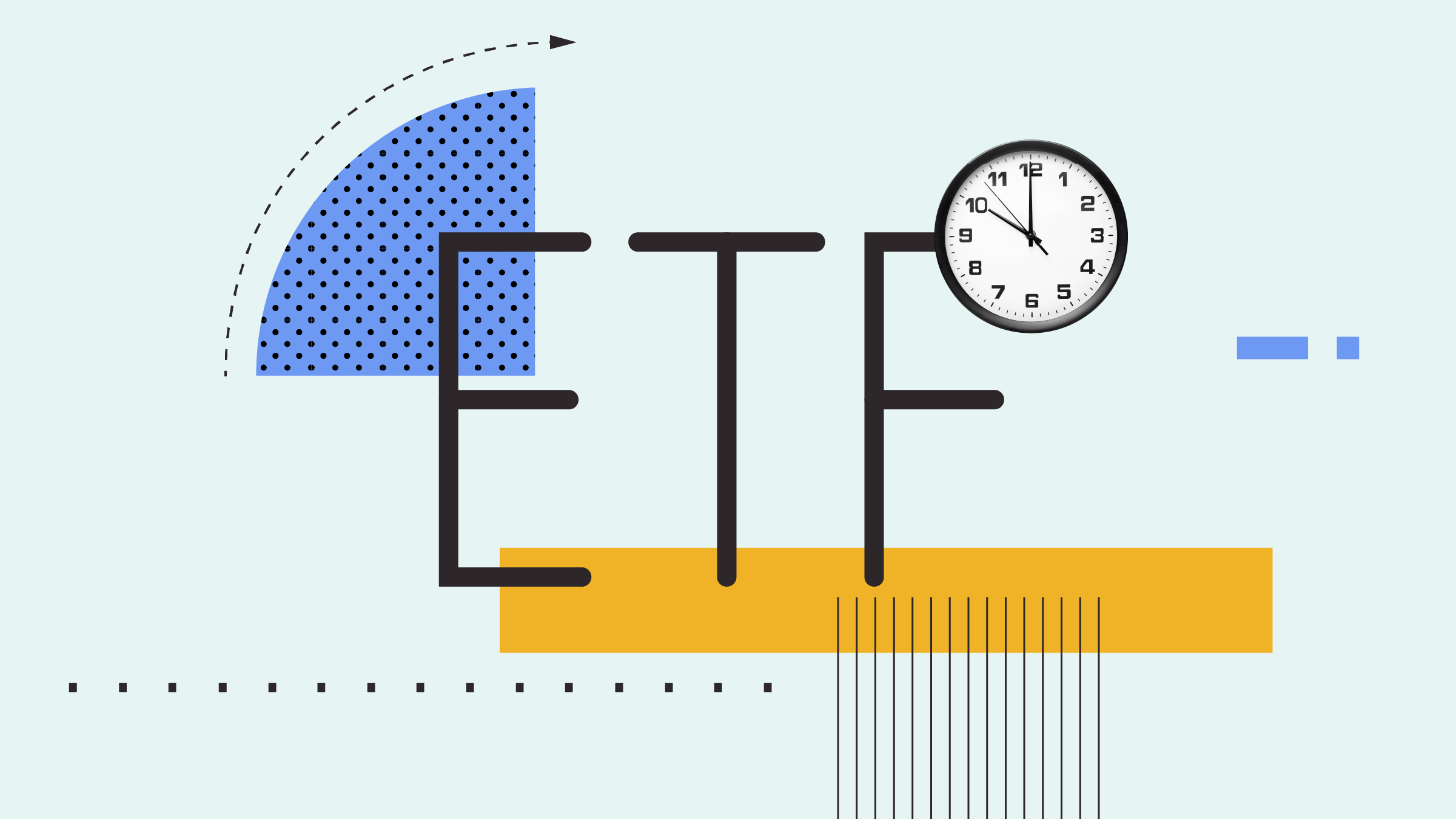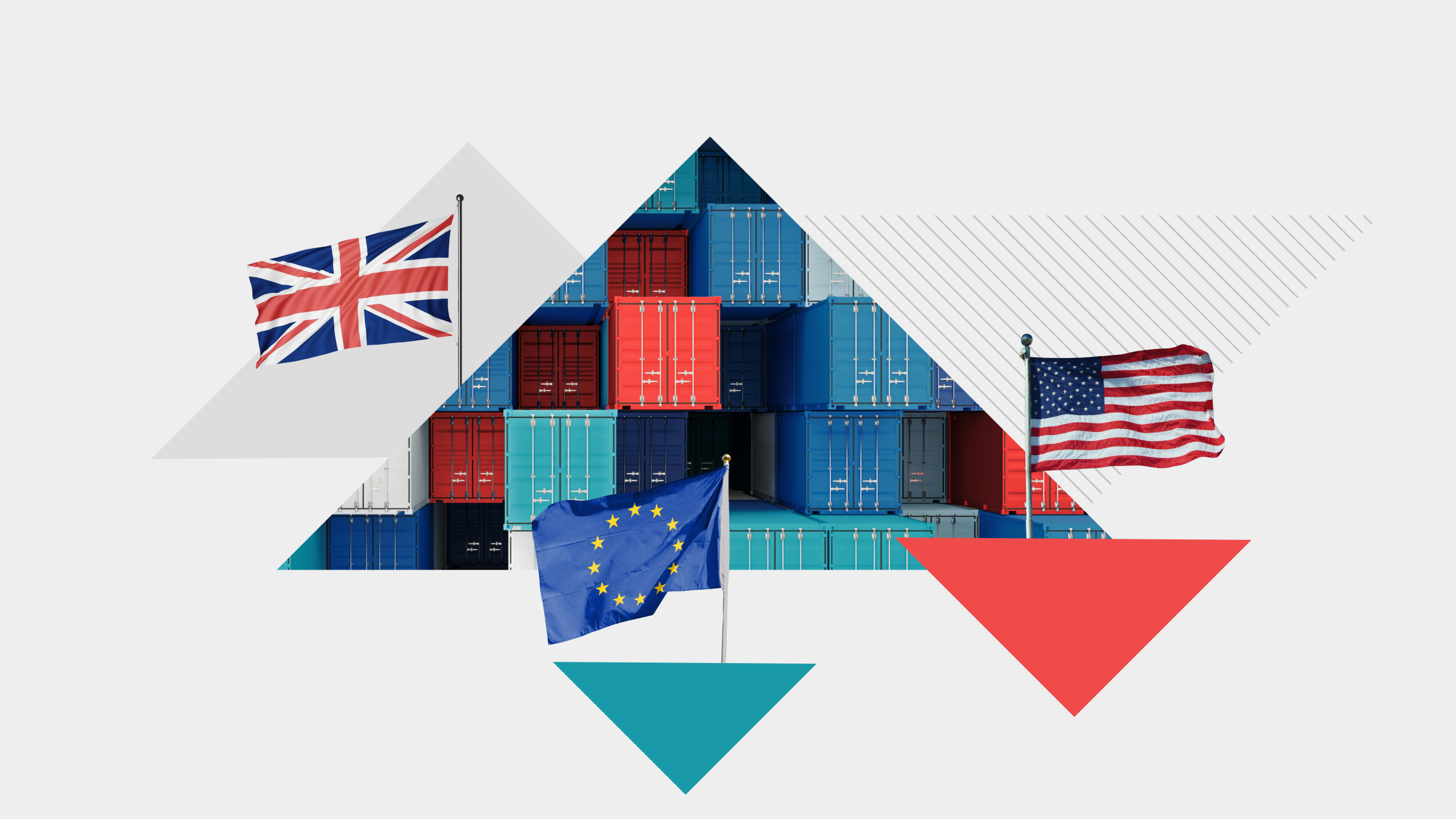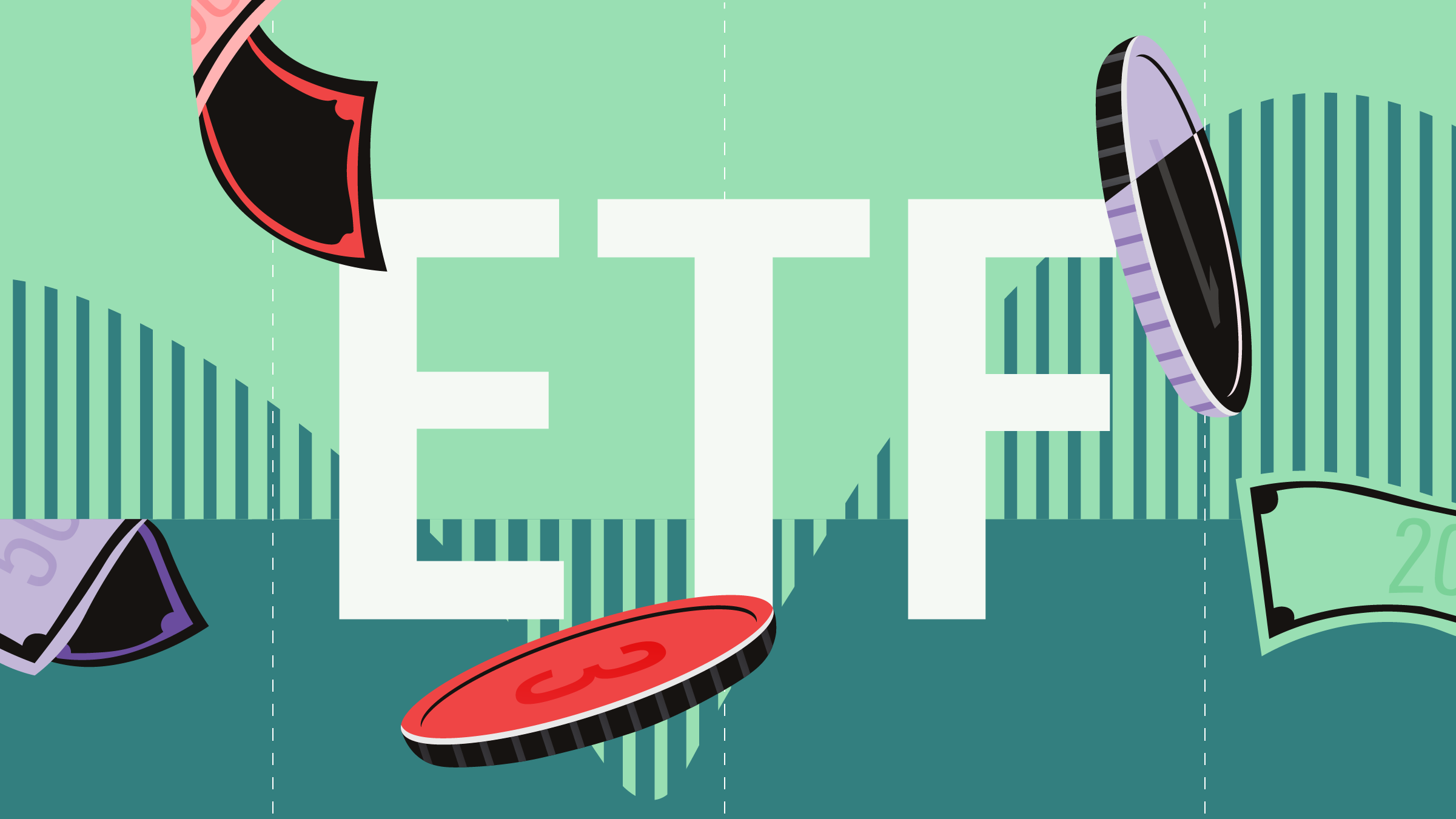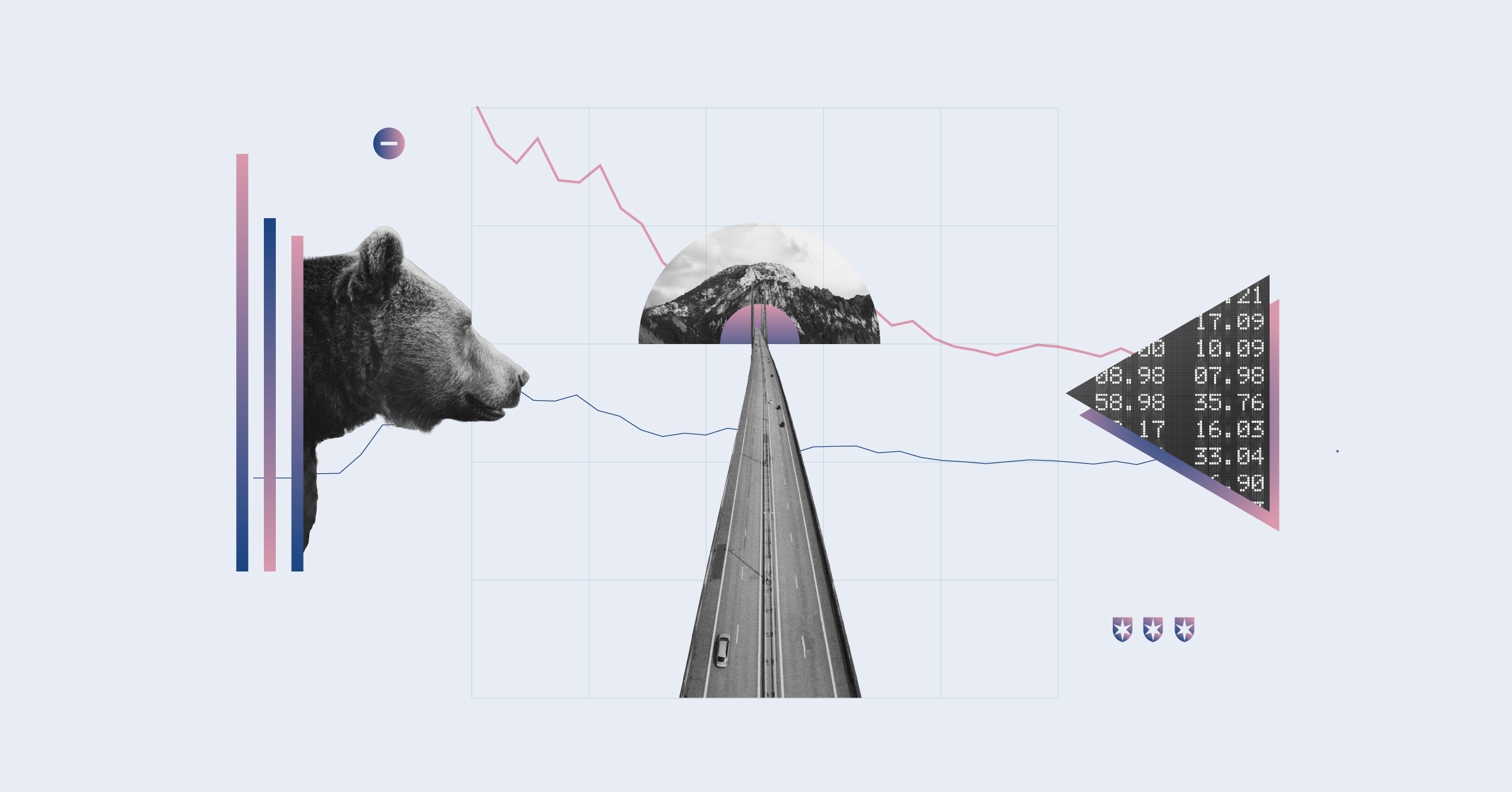
For investors, one of the biggest announcements in the 2022 Liberal budget was the “Canada Recovery Dividend”, which is a tax on banks. And though it’s lighter than initially anticipated, many bank CEOs weren't happy. But Morningstar analyst Eric Compton doesn’t think it’s a big deal.
The Budget Announcement on Canadian Banks
A major announcement was the government’s plans to implement the Canada Recovery Dividend, under which banks and life insurers will pay a one-time 15% tax on taxable income above $1 billion for the 2021 tax year. The Canada Recovery Dividend will be paid in equal installments over five years.
“Budget 2022 also proposes to permanently increase the corporate income tax rate by 1.5% on the taxable income of banking and life insurance groups above $100 million, such that the overall federal corporate income tax rate above this income threshold will increase from 15% to 16.5%,” the budget outlines. The two measures could raise $6.1 billion over the next five years.
When the Liberal Party of Canada first presented the measure during last year's campaign, the plan was to hike the tax rate to 18% from 15% on earnings above $1 billion for the most profitable banks and insurers, which would have generated $5.3 billion in revenue for the government by 2025-26.
“Even if the government announced the maximum that it was intending it, it would not have been a big deal. Obviously, for bank shareholders, any amount of money going to the government, rather than to them is viewed as a net negative. But at the maximum extent of taxation, the effect on our fair value estimates for Canadian banks would have been 5% or less, and what was announced was less than half, so we anticipate a 2% or less hit to our fair value estimates,” says senior equity analyst, Eric Compton.
Deficit Decline, But New Spending Too
The measure is part of Finance Minister Chrystia Freeland's second federal budget, which forecasts a deficit of $52.8 billion in fiscal 2022-23, expected to decline to $8.4 billion in fiscal 2026-27. Here are the other highlights.
“The budget implemented fewer platforms and other commitments than expected. Despite spending, strong revenues are expected to keep the deficit and debt-to-GDP ratio on a downward trajectory. But there are also reasons to be concerned. The government is still introducing significant new spending across a range of priorities, some of it into the current inflationary environment. And while the government will pitch much new spending as growth-oriented, the benefits will likely accrue beyond the forecast horizon with sometimes uncertain dividends. Even for innovation spending, outcomes will depend heavily on program design, regulatory alignment, and collaboration with the private sector,” said an RBC Economics report.
No Changes - For Now
Compton defers to the outcomes in earnings before changing his fair value estimate. “Right now it's not material enough for us to warrant an immediate fair value estimate change,” he says, “We would plan to make the fair value estimates estimate changes when quarterly earnings come out and we would expect management to give some updated guidance around tax rates.”
Part of the reason that the impact will be muted, according to Compton, is the fact that Canadian banks have diversified their revenue streams. “Also remember that the biggest Canadian banks are a mix of Canadian/U.S./Other earnings. Most (with the exception of National Bank of Canada) have expanded outside of Canada. Domestically focused revenue streams are more of a target. The others would not be affected by changing tax regulations,” he says.
Top Canadian Bank Pick
National Bank of Canada (NA) continues to be Compton’s top pick.
“All the other Canadian banks are fairly valued. National Bank of Canada is a little over 10% under our fair value estimate, so that would be our favourite on just evaluation standpoint. The key drivers are that the bank has a higher return on equity profile, and the earnings tend to be less diluted by operations outside of Canada. Plus, it has a higher growth profile and a pretty fast-growing wealth segment. Also, the bank tends to get overlooked, a bit more than the other ones, because it is the smallest and it is a little more geographically limited with its focus on Quebec, although it has expanded outside of the province,” he says.





















